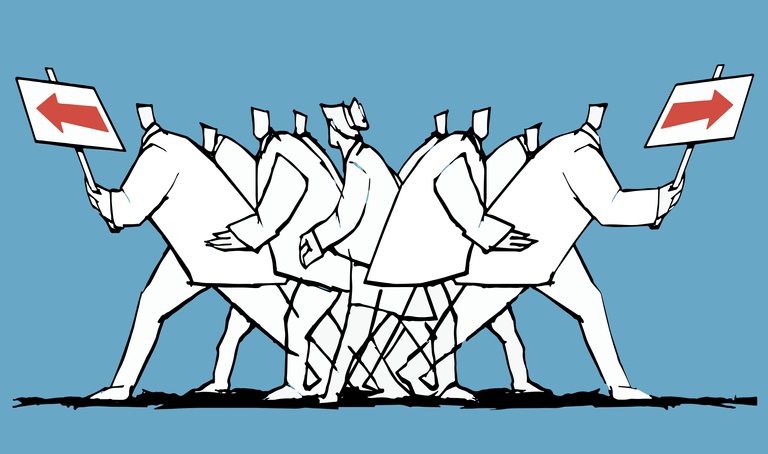
The Overton window is the range of generally accepted, politically or socially, ideas in a culture or sub-culture. This window moves over time: “Positions which were once viewed as unthinkably radical have become the prevailing wisdom, while those that were once considered mainstream are now outside the window, and unacceptable to advocate.” https://conceptually.org/concepts/overton-window
The easiest way to move the Overton window is to take an extreme position because that tends to license positions less extreme that might have been considered outliers before, a principle aptly illustrated by Trump on the right and Bernie Saunders on the left. It is important to understand the Overton window because the concept is well understood by those of all political stripes who wish to shape the national debate. When we study and understand the various common techniques of influence and persuasion (Anchoring, Social Proof, Reciprocation, Scarcity, Authority/Precedent, Consistency/Commitment, Foot-in-the-Door, Door-in-the-Face), we are more able to detect and defuse their impact on our thinking.
Closing Quotes:
“All truth passes through three stages. First, it is ridiculed. Second, it is violently opposed. Third, it is accepted as being self-evident.” – Arthur Schopenhauer, German philosopher (1788 – 1860)
“Overton did little more than repackage the basic negotiating principle that if you ask for a lot, you will likely get more than if you ask for a little.” – New Republic, Laura Marsh, October 27, 2016
“The idea of the Overton Window of using people on the political fringe to change the terms of acceptable debate, making radical ideas seem acceptable by advocating for the unthinkable.” – Rachel Maddow
Footnote: Joseph Paul Overton, 1960-2003, died at age 43 from injuries suffered in a crash while piloting an ultralight aircraft, having just married a few weeks before.
As always, I share what I most want and need to learn. – Nathan S. Collier


0 Comments